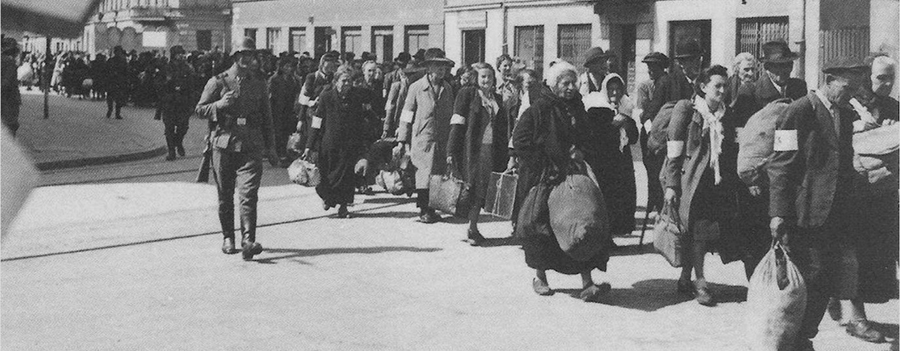You can easily manage your booking right here! Within one step you can add or remove tour services, modify your booking, make a payment.
Usually, the Baltic Tours travel blog covers only tourism-related topics, but when talking about Krakow, it is important to remember the tragic history that took place in the city. If you are only interested in trips to Krakow or tours in the city, feel free to read about it in our tours section.
During World War II, the former cultural center of Poland – Krakow – was forced to house one of the five major Jewish ghettos, formed by Nazi Germans during the German occupation of Poland. The place of terror and exploitation of local Polish Jews was masked as a separating place, to “keep capable workers” away from those who would later be doomed to die. The Holocaust history is an inseparable part of Poland’s tourism, with tours covering historical Holocaust spots all over the country, including Warsaw and, of course, Krakow. If you decide to visit Krakow, it is an absolute must to learn about the tragic history of the Krakow Ghetto.
Krakow was always an important spot for Polish culture, and before World War II, it was an equally important cultural center for over sixty-five thousand Jews, constituting more than a quarter of Krakow’s total population. Despite the newfound persecution of the Jewish community after the German occupation in 1939, more and more Jews arrived in Krakow in the hope of finding safety.

The Ghetto was formally opened on March 3rd, 1941, in the Podgorze district, not in the historic Jewish district of Kazimierz, as is often believed. The former residents were moved outside of the ghetto, and over 15 thousand Jews were crammed into an area where three hundred people used to live. Due to a lack of homes, every four Jewish families were forced to live on the street. The Ghetto was surrounded by newly built walls to prevent people from getting out. Only four guarded entrances allowed any traffic. Krakow tours cover the area, and small pieces of the wall can be found in which one part is fitted with a memorial sentence that reads, “Here they lived, suffered, and perished at the hands of Hitler’s executioners. From here, they began their final journey to the death camps.”

In the Ghetto, there was only one working pharmacy owned by a Catholic pharmacist, Tadeusz Pankiewicz. The German authorities permitted the pharmacist to operate his “Under the Eagle Pharmacy.” The nobleman often gave medical supplies to people free of charge and thus contributed to their survival. Pankiewicz gave people hair dye and helped them escape the ghetto. The Pharmacy became a meeting place for underground meetings in the Krakow Ghetto. Both Tadeusz Pankiewicz and his employees risked their lives to smuggle food and information into the ghetto and people out of it.
The Ghetto and its history are a significant part of Krakow’s tourism – the tragic events that took place in the city are not forgotten, and there are many different private tours covering the historic area.